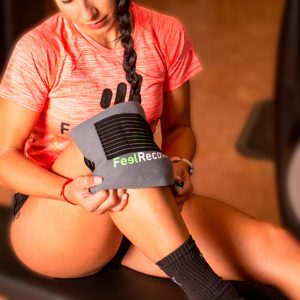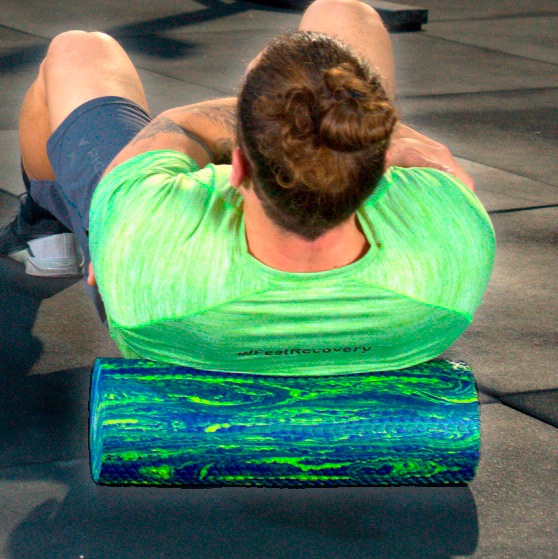Shoulder tendonitis, a common condition characterized by inflammation of the shoulder tendons, often arises from repetitive overhead movements or acute injuries. This condition can cause significant discomfort, limit your range of motion, and interfere with daily activities. To accelerate recovery and alleviate symptoms, incorporating targeted recovery products is crucial.
Compression sleeves are an essential component in managing shoulder tendonitis. These sleeves provide consistent pressure to the affected area, enhancing blood circulation and reducing swelling. By stabilizing the shoulder joint, compression sleeves help prevent further strain and promote faster healing.
Cold therapy is highly effective in managing acute pain and inflammation. Using cold packs or gel wraps immediately after physical activity can help reduce swelling and numb the affected area. This method is especially beneficial in the initial stages of tendonitis, where controlling inflammation is critical.
Heat therapy complements the healing process by improving blood flow and relaxing the shoulder muscles. Heat wraps or pads are ideal for easing stiffness and preparing the shoulder for rehabilitation exercises. Regular application of heat therapy can significantly enhance mobility and alleviate chronic pain.
For long-term recovery, massage therapy is highly recommended. Massage rollers and trigger point balls can target the muscles and tendons surrounding the shoulder, relieving tension and improving flexibility. Regular massage promotes better circulation and reduces the risk of recurring shoulder injuries.
Electrotherapy, such as TENS units, is an advanced method for managing shoulder pain. These devices deliver electrical impulses that block pain signals and stimulate natural endorphin production. Electrotherapy provides non-invasive pain relief, making it an excellent option for individuals with persistent discomfort.
Incorporating resistance bands into your rehabilitation routine is a proactive way to strengthen the shoulder muscles and improve stability. Resistance bands allow for controlled, low-impact exercises that gradually build muscle strength and support the tendons.
By combining compression therapy, cold and heat treatments, massage, electrotherapy, and strengthening exercises, you can create a comprehensive approach to managing shoulder tendonitis. These tools not only accelerate the recovery process but also help maintain shoulder health and prevent future injuries.
FAQ: Frequently Asked Questions
What are the best products for managing shoulder tendonitis?
Compression sleeves, cold therapy packs, and massage tools are highly effective for reducing pain and inflammation while promoting healing.
How does cold therapy help with shoulder tendonitis?
Cold therapy reduces swelling by constricting blood vessels, which helps alleviate pain and inflammation in the affected area.
Are resistance bands useful for shoulder rehabilitation?
Yes, resistance bands are excellent for strengthening the shoulder muscles and improving tendon support, helping prevent future injuries.
What role does massage therapy play in treating shoulder tendonitis?
Massage therapy relieves muscle tension, improves circulation, and enhances flexibility, all of which are vital for a smoother recovery process.
Can electrotherapy effectively reduce shoulder pain?
Electrotherapy, such as TENS units, blocks pain signals and stimulates endorphin release, providing non-invasive relief for shoulder discomfort.


















































